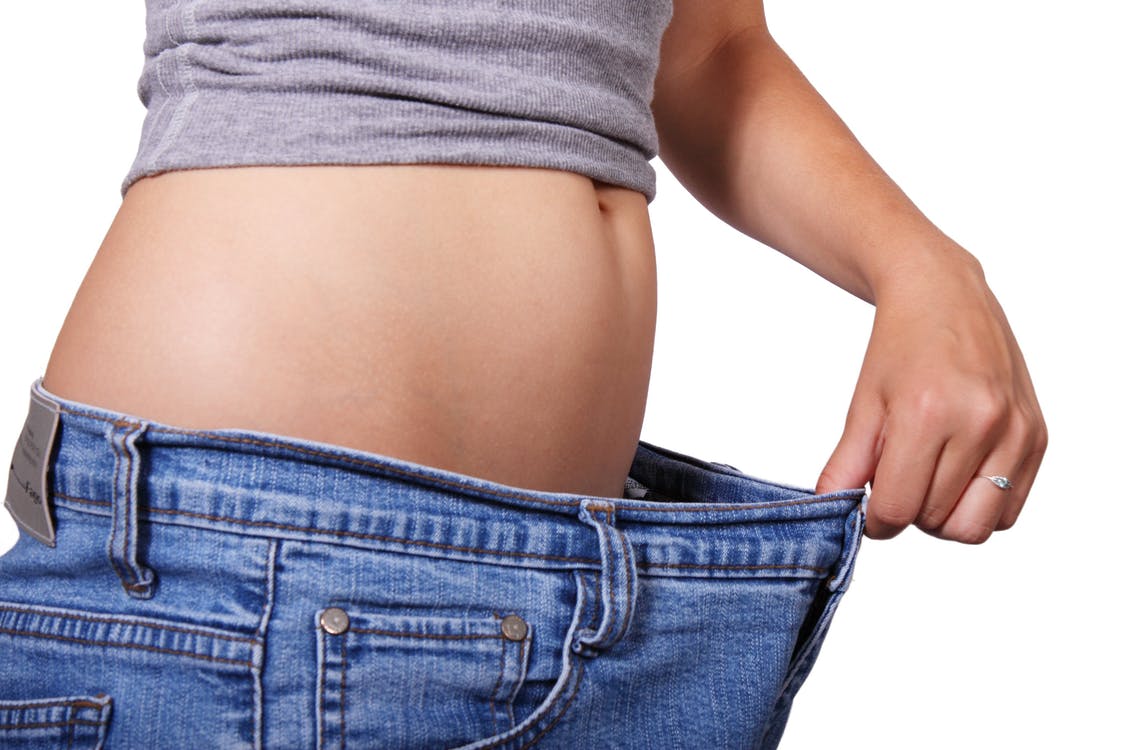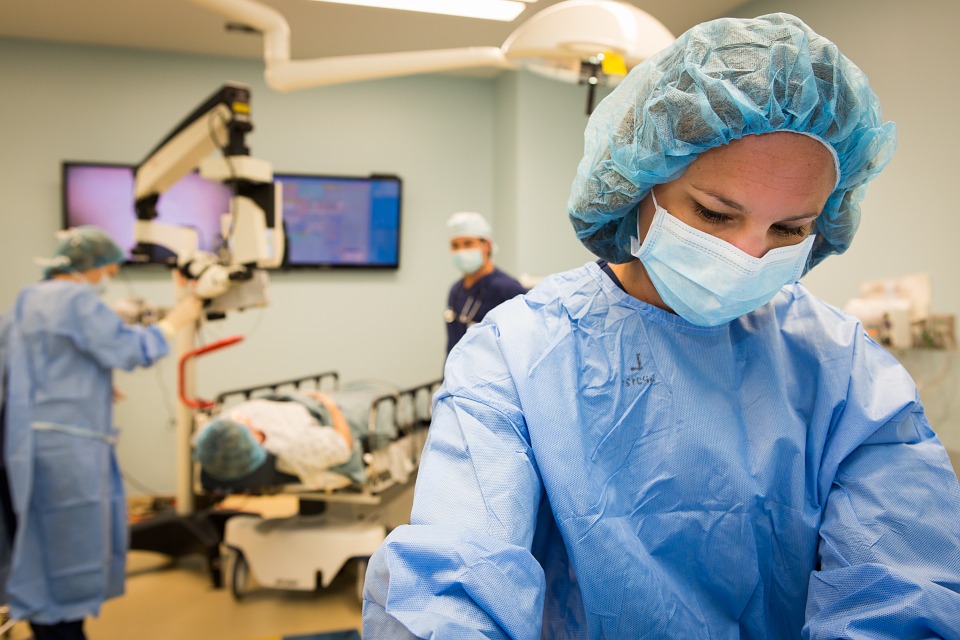Liposuction is not an alternative to weight loss, but through plastic surgeons at the Houston Liposuction Center, the procedure offers a way to a smoother, trimmer body for those with areas of fat that won’t go away with weight loss or exercise. In order to minimize surgical complications and the side effects of overexposure to anesthesia, when patients are looking to remove larger portions of fat, they should schedule multiple liposuction procedures at least several days apart. While the fat cells removed during liposuction are permanently removed, you can still get fat if you don’t maintain a healthy, stable weight through a balanced diet and regular exercise after your surgery. When you consult Dr. Khorsandi for liposuction, he will look for certain qualities that would make you a good candidate, which include realistic expectations regarding the procedure, an average or above average weight, good overall health, and firm, elastic skin Patients who have cellulite are generally not good candidates because liposuction may worsen irregularities in body contours by creating deeper dimples.
The best candidates for liposuction surgery are patients with a healthy, stable weight and firm skin who have pockets of surplus fat in areas that are difficult to control with diet and exercise. Once you undergo liposuction surgery, cosmetic surgeons will place compression garments or elastic bandages over the treatment area(s) to help control swelling and compress your skin to the new body contours. While most patients see a difference shortly after surgery, post-operative swelling will gradually improve over several months, and your results will look optimal in about 3 months or so. If you’re having liposuction in multiple areas or you have a larger amount of fat removed, your recovery may take a little longer.
During liposuction, the fat cells are removed permanently, so if you gain weight after the procedure it usually will not concentrate in the area that was treated. The reality is that liposuction is not a weight loss surgery – it’s a body contouring procedure. Five Ways to Speed Up Your Recovery from Plastic Surgery – Cosmetic procedures are exciting experiences for most patients, as it is a time to welcome new, positive changes in one’s self.
Candidacy requirements for liposuction are a bit more rigorous than for many other plastic surgery procedures, due to the fact that patients who are not at a stable weight is not likely to get optimal results from the procedure, and should wait to undergo the procedure until their weight is no longer fluctuating. While the fat cells that have been removed do not return, it is possible for patients to regain weight after the procedure if the remaining fat cells grow. The pockets of fat around the lower abdomen, thighs, buttocks, upper arms, cheeks, and neck can be extremely hard to get rid of.
When patients want a less invasive option, the surgeon may perform liposuction with skin excision to remove abdominal fat and most of the excess skin that is left behind. Patients seeking the finest results in cosmetic surgery procedures benefit from an Orange County liposuction specialist receive a wealth of experience, excellent surgical training, friendly, kind demeanor, and an extensive menu of cosmetic surgery options.
Even though it’s impossible for removed fat cells to come back, patients can gain weight if the remaining fat cells grow. Removed fat cells do not come back, but patients can still gain weight if their remaining fat cells grow.
He is a renowned leader in cosmetic surgery and patient safety and specializes in procedures including breast augmentation, tummy tuck, mommy makeover, facial rejuvenation, and body lifting procedures after weight loss. The time of procedure varies on the patient body type and amount of fat needed to be removed. Recovery time can vary from a few days to two weeks, depending upon the areas treated, the extent of fat removed, technique, and the general condition of the patient.





